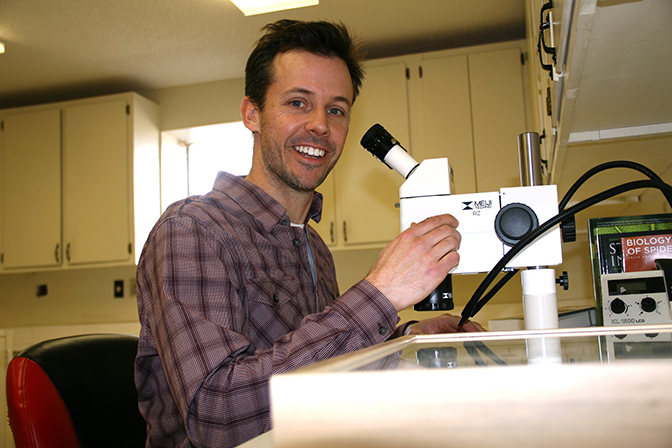 CAES News
CAES News
UGA Entomologist
The University of Georgia’s newest entomologist is eyeing a different approach to studying insects in multiple agricultural crops. Instead of focusing on how to eliminate pests that reduce yield and negatively impact profits, UGA entomologist Jason Schmidt is looking to improve agricultural management systems to preserve helpful insects.

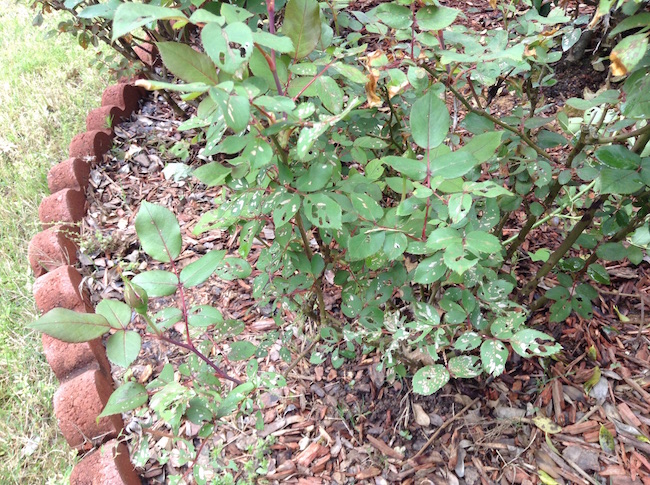
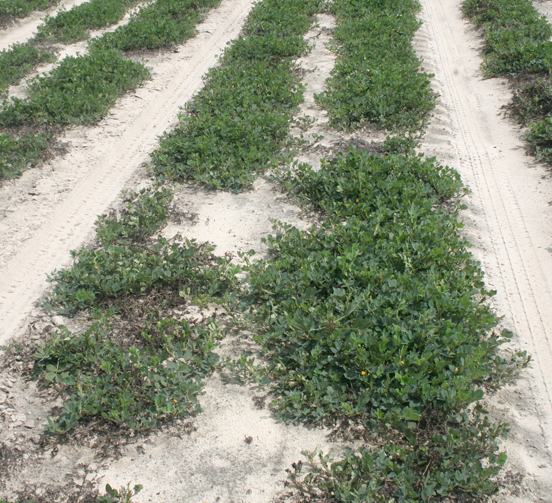
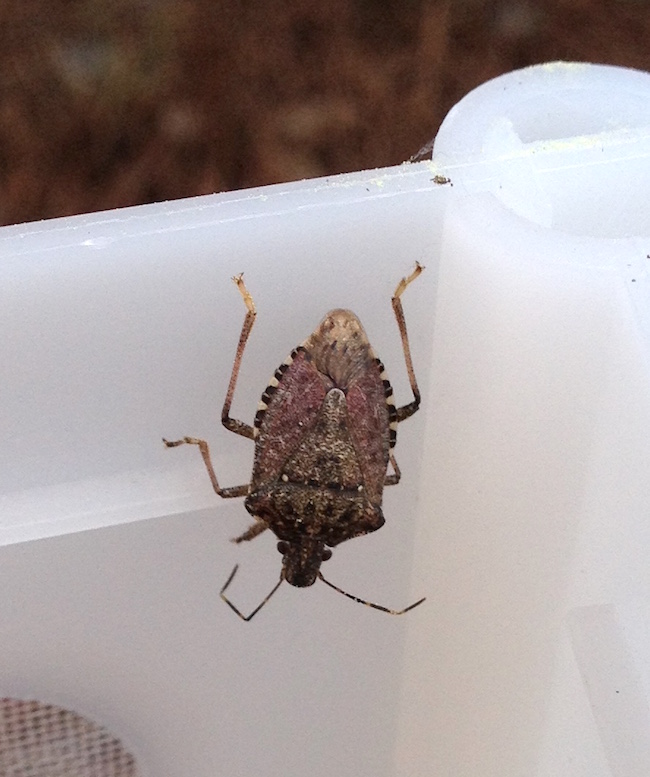
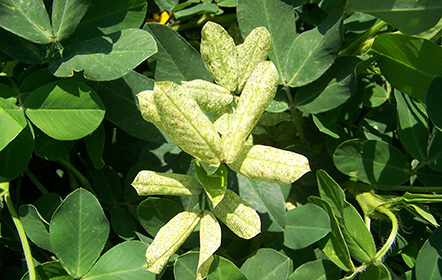
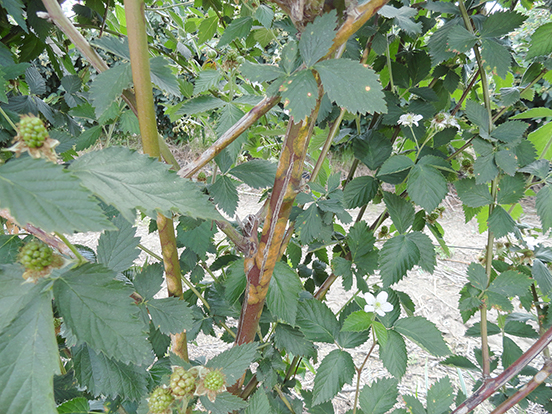
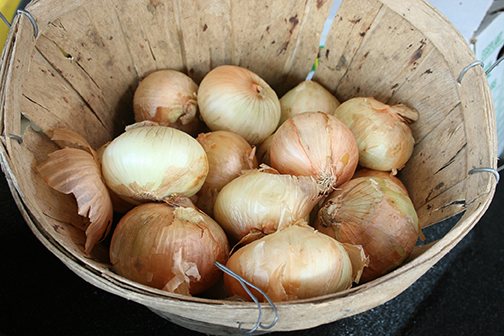

.jpg)